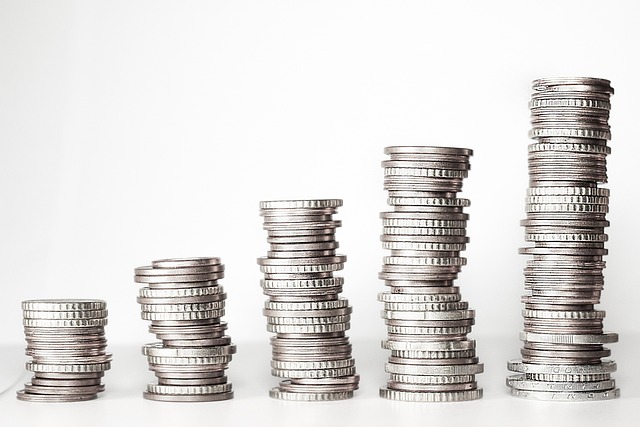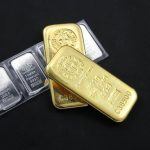Silver’s Structural Shift
With solar now consuming more than 15% of global supply, industrial demand has become a long-term driver reshaping the market beyond speculation.
For investors, the setup is clear: silver is entering a once-in-a-generation re-rate, creating true FOMO in a market starved for pure-silver opportunities.
Silver’s 100-year journey has been a wild ride, swinging between Wall Street panics and major technological breakthroughs. This tangled history is reflected in its current price of $42.55 per ounce (as of September 16, 2025), a level that highlights its critical dual role in the modern world.
Today, silver is both a safe-haven asset sought during economic turmoil and an irreplaceable industrial metal fueling green technology. Reaching today’s price is a significant milestone, as silver has only briefly surpassed the $40 mark twice before in modern history. This article explores the key moments behind the numbers, revealing how silver evolved from simple money into the complex asset it is today.
The Monetary Era: Silver on a Tight Leash
For the first half of the 20th century, silver’s price was pretty tame. It was tied to its official role as money, which kept it on a tight leash. Two major events on the chart show this in action:
-
The Great Depression (1929-1939): As the world economy crumbled, silver hit a staggering low of just $0.28 per ounce in 1932. With industries shuttered and money scarce, its value evaporated.
-
World War II (1939-1945): During the war, prices were in a straitjacket. Governments controlled silver for strategic purposes. As a critical war material, it was indispensable for manufacturing electronics, high-performance aircraft bearings, and medical supplies, effectively taking it off the free market to be allocated for the war effort.
The Volatile Era: Speculators and Shocks
The mid-20th century is when the rules were torn up. Silver was cut loose from its formal monetary role, and the market went wild. Two moments defined this chaotic era:
-
The “Nixon Shock” (1971): When the U.S. severed the dollar’s final link to gold, it lit the fuse. For the first time, precious metal prices could float freely, attracting a new wave of investors.
-
The Hunt Brothers’ Gamble (1979-1980): The market exploded when the Hunt brothers famously tried to corner it, driving the price to its all-time high of $49.45. Their audacious attempt to control the supply triggered a market-wide panic, and the subsequent collapse on a day known as ‘Silver Thursday’ was so severe it threatened to destabilize Wall Street itself.
The Modern Era: Silver’s Double Life
After the dot-com bust in 2001, silver’s story got more complicated. It began to lead a double life.
-
The Financial Crisis & The Pandemic (2011, 2020): The 2008 financial meltdown and the 2020 pandemic were like echoes of each other. In both cases, global uncertainty and government stimulus sent investors scrambling for the safety of silver, pushing its price up.
-
The Green Revolution (2021-2025): Here’s the new twist in the story. In just five years, demand for silver in solar panels has tripled. As the world’s most conductive metal, silver is critical for capturing and channeling electricity within photovoltaic (PV) cells. The solar industry now consumes over 15% of the annual global silver supply, and while manufacturers are finding ways to use less silver per panel, this is being vastly outweighed by the explosive growth in new installations. This isn’t about market panic; it’s about a massive, structural shift where industrial demand is a powerful, long-term force driving the price.
The Takeaway
Looking back, you can see silver’s evolution. It went from being government-controlled money to a speculator’s playground. Today, it’s both—a trusted financial asset in chaotic times and a can’t-do-without ingredient for the world’s most important new technologies.








